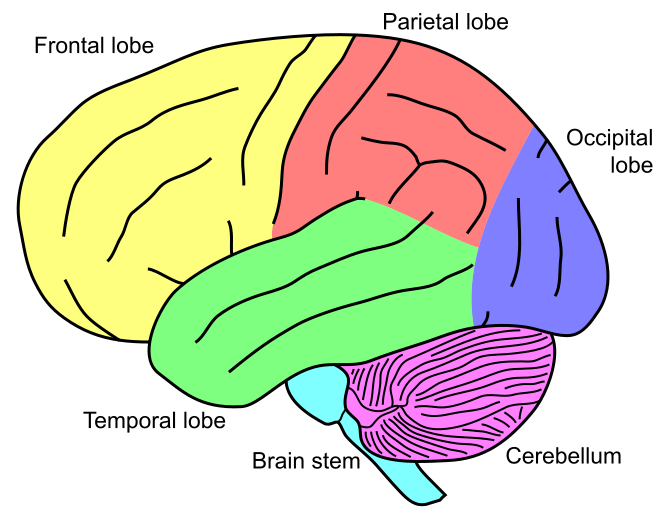The cerebellum, often referred to as the “little brain”, is part of the brain that is located behind the cerebrum (forebrain). The cerebellum accounts for about 10% of the brain’s volume. Despite occupying a small volume, the cerebellum contains more than half of the neurons in the brain. Most of the evolutionary research with respect to the brain has been focused on the forebrain; however, recent evidence suggests that the expansion of the size of the cerebellum might have given humans an edge with respect to higher behavioral functions, such as the use of tools. Therefore, the cerebellum has played a vital role during evolution, and this suggests an indispensable function for the human cerebellum.

What does the cerebellum do?
For several decades, scientists believed that the main role of the cerebellum was to maintain posture and balance, to fine-tune motor movements, and to enforce motor learning. If you think about performing a certain movement (these thoughts happen in the forebrain), the cerebellum compares these “movement plans” with what movements were actually made and corrects for errors if there were any. This fine-tuning makes movements precise and is critical for making voluntary movements such as walking, running, or speaking. Therefore, it is with the help of the cerebellum that we learn to get better at throwing a curveball, riding a bike, or learning any other complex motor tasks.
Is that all the cerebellum does?
Well, scientists used to think so. Over the past two decades, new evidence has made scientists to re-evaluate their thoughts about the cerebellum. Scientists now believe that the role of the cerebellum extends beyond fine-tuning motor movements, and likely includes cognitive functioning and certain reward-seeking behaviors. However, this aspect of cerebellar function is still being studied and there is a lot for scientists to uncover.
What happens when the cerebellum is damaged?
The cerebellum is one of the primary culprits in many types of cerebellar ataxia, where the damaged cerebellum forces the affected individuals to gradually lose their ability to walk. Therefore, it is imperative to better understand how the cerebellum contributes to ataxia to provide better treatment for patients. Apart from ataxia, the cerebellum may also contribute to other disorders such as dystonia, Parkinson’s disease, Huntington’s disease, Alzheimer’s disease, and autism spectrum disorders. Therefore, understanding what happens when the cerebellum goes awry is critical for improving the quality-of-life for patients all over the globe.
If you would like to learn more about the cerebellum, take a look at these resources by the Khan Academy and BrainFacts.org.
Snapshot written by Dr. Sriram Jayabal and edited by Dr. David Bushart.










